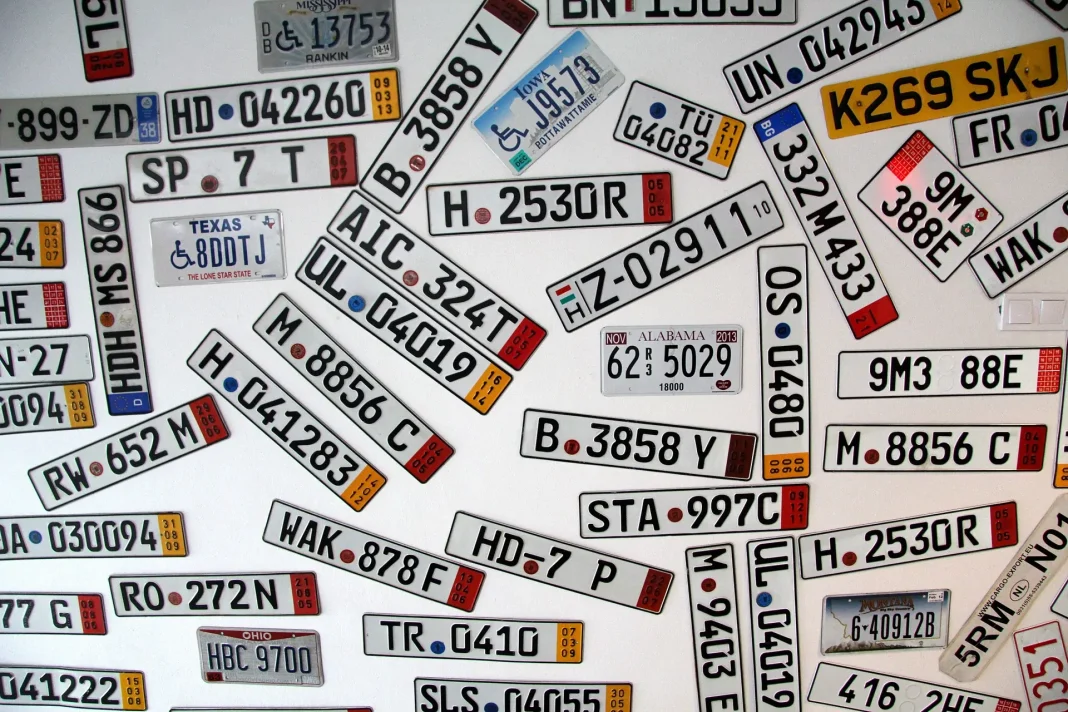On 31 October 1900, the first car registered in Spain circulated on the roads. Since then, three different systems have been adopted to indicate a unique reference for vehicles, which today we refer to as the “number plate”, the current method being 4 numbers and three letters, excluding the vowels to avoid some profanity combinations, and the letter Ñ and Q are also left out to avoid being confused with the letters N and O.
In the previous system, which some cars still have of course, the number plate in Spain was geographically identifiable, by using a prefix such as “M” for Madrid, or “A” for Alicante, for example.
The current European number plate model began in the year 2000. In that year, the provincial emblems were suppressed. The ordinary license plate is the one carried by the vast majority of the vehicles that make up the fleet in Spain. This plate is made up of four digits and three consonant letters, again with the exception of Ñ and Q. In addition, the number plate also includes the European blue band on the left side.
So what will happen next, when the current sequence runs out?
Last September, the General Directorate of Traffic (DGT) announced that the new sequence would be live on the number plates (MBB), and we have just entered into the realms of MCB, but the reality is it has taken 22 years to reach the current configuration.
We don’t have to worry about there being an immediate problem though, as the DGT envisions that the current plate model will run out in 2053, the year in which the 9999 ZZZ number plate could be seen.
Although it is not an immediate issue, the DGT is already looking at what to replace the system with. One of the options that attracted the most attention was number plates with a QR code with an incorporated microchip that would contain vehicle information such as the registration date, if it has passed the ITV or if it has suffered damage.
When the idea was first muted, there was some shock, partly because it would not be so easy to visually identify, or remember, a registration number unless the code was scanned by an electronic device, although this of course could be something as simple as a mobile phone, but also a shock at the idea as to what these new number plates might look like.
However, the DGT themselves have said that number plates with a QR code “are not on the table” of the entity. «Who knows if QR codes will still exist in 30 years. There is plenty of time left to start thinking about what to do. It’s not an urgent matter.”
The DGT did however confirm that there might be a possibility in the future for personalisation. At the moment, unlike countries like the UK, personalised number plates are not issued in Spain.
More likely overall, the DGT is looking at the systems used by other countries such as Germany, China, Italy or Poland. Each country features a combination of letters and numbers, along with inexhaustible regional codes.
But, to find out for sure what the Spanish number plate of the future might look like, we will most likely have to wait another 3 decades.





